I can feel the air, crisp, fresh and tingling against my semi-numbed cheeks as it seeps along with the excitement into my very pores, infectious and exhilarating as thousands in the crowd around me throb with the same buzzing anticipation… We walk along like soldier ants, barely feeling the distance to our destination as enthusiasm sweeps us along effortlessly. The last bitter coffee grinds make their way to the tip of my paper cup, the early morning mark of a dedicated supporter. No time is too early for the neat lines to form with glowing marshals tucked along its creases, trying to keep us smooth. It is one of those inexplicable occurrences when strangers can be brought together as old friends, united in a common interest, the everyday social solidarity rules left on the subway like yesterdays’ newspaper.
…Feel it yet? That’s the Olympic fever that’s soon to grip the Kingdom. Think Wimbledon has your sporting interest piqued? Consider it a downscaled mini-Olympics trial if you will. There is nothing quite like a huge sporting event to override divides and bring nations together. But what we see as spectators is but the tip of the flake peeking out of the ice cream – businessmen, entrepreneurs and inventors alike have all invested a great deal in an attempt to harness the potential they envision in the Olympic Games from an entirely different perspective. And what has spawned from their creative input? A myriad of inventions! Let’s take a look at some Olympic inspired creations which form as much a part of the games as the athletes themselves:
Of course, Olympic events didn’t always incorporate interesting technology for us to gaze at in wonderment and make us sit on the edge of our seats by improving the competitive edge of the athletes – it all had to start somewhere, and as you may have guessed, with something basic dictated by necessity. And so it was that in 1912 the first electronic timing unit, invented by Ragnar Carlstedt, was used in the Olympics in Stockholm. To add to this practical invention, Carlstedt also developed the finish line camera – an essential tool in close call determination of a clear winner. The 2012 Olympic Games has come a long way since then and will make use of a host of innovative technology, not the least of which is a new starting gun. Triggering of the gun results in a sound being generated behind each contestant, a flash of light being emitted and an activation pulse relayed to the timer. A false start may be indicated by depressing the trigger again within 2 seconds of the initial triggering.
By 1948 Olympic inventions began incorporating flat pack and adjustable tubular aluminium hurdles; a mechanical sand levelling device for swiftly and precisely levelling the pit prior to use by the next jumper and advanced starting blocks with adjustable heel pad and inclination angle with easy reset functionality for efficient use. 2012 Olympic Games starting blocks will determine athletes’ reaction time by means of force measurement against the back block. The centre bars are thinner and footrests wider than previous designs, these alterations enable variations and improvements in athletes’ starting positions.
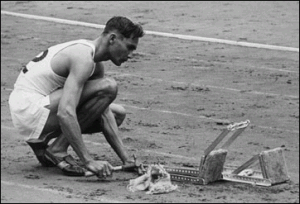
Figure 1: Introduction of use of Starting Blocks, Olympics 1948 [© Picture Post, Getty Images]
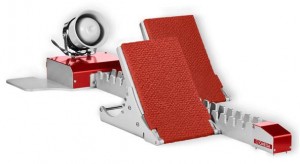
Figure 2: Olympics 2012 Starting Blocks [Electronic Design]
Touch pads have been used as timers for swimming races since the 1968 Olympic Games in Mexico City. The London 2012 Olympics will employ a device called the Swimming Show which comprises three lights arranged in a row on the side of the starting blocks – one illuminated light is indicative of the swimmer being in first place, two is indicative of second place and similarly, three indicates third place.
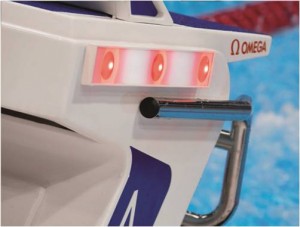
Figure 3: The Swimming Show by Omega for use in Olympic Games 2012 [Element14 News]
Still on the swimming frontier, polyurethane body suits have been banned since 2009 and thus will not making an appearance at the London 2012 Olympic Games, but Speedo have developed what they claim to be the most streamlined cap, goggles and swimsuit, Fastskin3. Fastskin3 claims significant drag reduction and improved efficiency. The suit component employs 3D zone compression which effectively translates to streamlining the athletes’ body. The silicone cap is designed to follow the contours of the human head, comes in three sizes and incorporates a back teardrop shape for long hair. The goggles are also designed to fit the contours of the human face, with the inner seals conforming to the necessary shape. The goggles are shaped to enhance peripheral vision and reduction in water resistance loading. The Fastskin3 has prompted Speedo to file 12 patents.
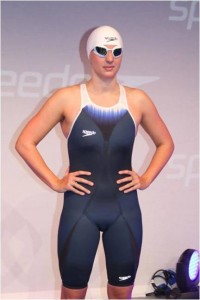
Figure 4: Fastskin3 by Speedo [Swim Tech Geek]
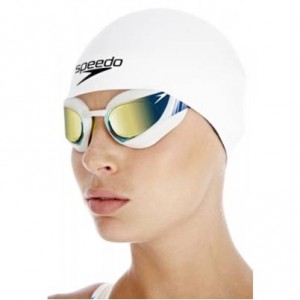
Figure 5: Fastskin3 Cap and Goggles by Speedo [SwimT3]
Not all the technology and inventions developed for enhanced performance will however be seen at the games. Some have been specifically formulated for training purposes. Current technology employed in the UK for use in Olympic training involves (among others) dive training harnesses. The harnesses were developed as a means of assisting divers to practice complex dive techniques without the risks of injury introduced with pool practice. The harness is worn by the diver, attached to the ceiling and one end is controlled by the athletes’ coach. The dive training harnesses further employ corrosion proof, lightweight materials for use with pools.
Of course the Paralympics has seen some interesting and innovative inventions in prosthetics and orthotics, perhaps the most famous of these being the Flex-Foot Cheetah®. This carbon fibre prosthetic foot was developed by Van Phillips and is now owned by Össur. Useful in sports applications by transtibial and transfemoral amputees, it has been used by record breaking athletes such as Oscar Pistorius and April Holmes. The J-shaped device was designed to replicate the hind legs of a cheetah, hence its’ name. It weighs 512g and can take a patient weight of up to 147kg. The toe shape and tread plate may be customised for individual needs and use.
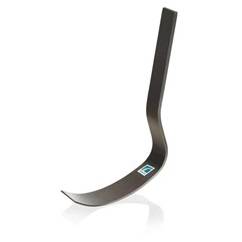
Figure 6: Flex-Foot Cheetah [Össur]
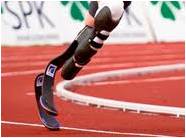
Figure 7: Flex-Foot Cheetah in action [MedTechNinja]
Inspired by Olympic technology and inventions, a number of interesting Paralympics equipment ideas have been put forth by students of the Imperial College and Royal College of Art. Among others, inventions include a brain sled and vibrating chest straps (more inventions can be read about here). The brain sled is a device whose movement may be manipulated by control thoughts of the words “left” or “right”, as thought by the athlete. This is attained by incorporation of a helmet comprising electrodes, to be worn by the athlete. Vibrating chest straps were designed for use in games where the athletes’ sight is impaired and player proximity and boundary location are indicated by the onset of vibrations. In addition, the athletes may transmit sensory information to spectators to increase their observation experience. Enhanced spectator experience is after all, a large part of the Games…
…Where are you from? What time did you get into the queue? How many tickets did you manage to get? I see the gates approaching now, the Olympic banner large and inviting. Merchandise of every sporting kind spill over tables, around corners, into outstretched hands – all the little things that suddenly make you proud to be a part of something so much bigger than you imagined. I find myself in front of a stand staring at a plastic Wenlock cupped in my hands. Would I ordinarily buy this?
No. But my judgement is different today. This is how oversized tennis balls, vuvuzelas and plastic Wenlocks end up filling the crevices of my home. I’ll have to remember that when I wonder how tacky memorabilia end up on the mantelpiece. But it’s no matter now, the excitement is far too electric in this moment for me to care…let the Games begin!
By Ghabiba Weston
